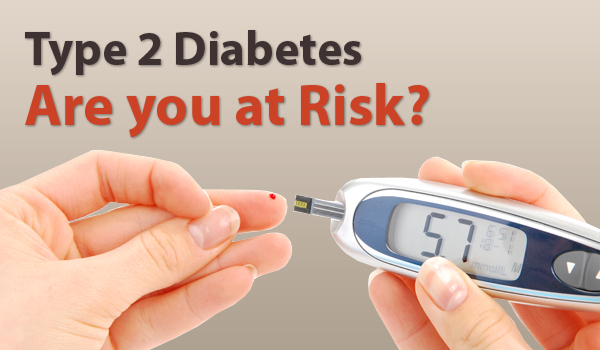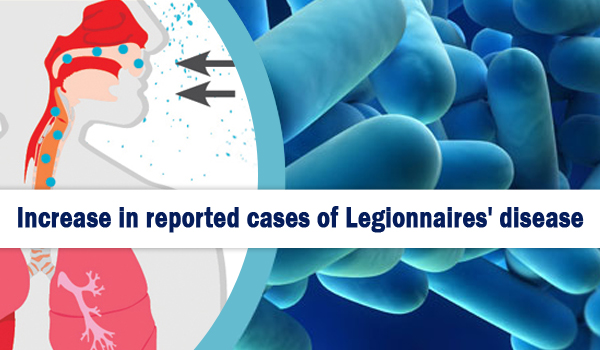Type 2 Diabetes is the fastest growing chronic disease in Australia. Around 280 Australians develop diabetes each day. That is about one person every 5 minutes. 1 million Australians are known to have type 2 diabetes. It is estimated that another 500,000 Australians may also have type 2 diabetes but are undiagnosed.1,2
What is Type 2 Diabetes?
Type 2 diabetes is the most common type of diabetes, representing about 85% of cases. Type 2 diabetes is a progressive condition in which the body becomes less sensitive to insulin. Over time the pancreas may also not be able to make enough insulin. Insulin is released into the blood stream to help move glucose from the food we have eaten into our body’s cells to be used as energy. If we are less sensitive to insulin or not making enough of it, blood glucose levels rise.
Many people can manage type 2 diabetes initially with healthy eating and regular exercise. However, over time most people with type 2 diabetes may also need tablets and many can also need insulin to keep blood glucose levels stable. By keeping blood glucose levels stable, this can reduce risk of long term complications such as heart disease and damage to blood vessels, nerve pathways, eyes, feet, and kidneys.
Symptoms of diabetes
- being thirsty
- feeling tired
- passing more urine
- sores or cuts that won’t heal
- blurred vision
- skin infections
numbness, pain or tingling feet.
Often, people may not notice these symptoms, or they may appear slowly over time. Some people may not have any symptoms at all. Talk to your doctor if you have any of these symptoms or you have risk factors for type 2 diabetes.
Risk Factors for type 2 diabetes
- Having a family history of type 2 diabetes
- Being physically inactive.
- Being overweight –particularly excess weight around the waist
- Being from Aboriginal, Torres Strait Islander, Melanesian, Polynesian, Chinese, Southeast Asian or Middle Eastern background.
- Increasing age
- Having pre-diabetes (blood glucose levels above normal, but not high enough to be diagnosed as diabetes)
- Having gestational diabetes during pregnancy
- Women with Polycystic Ovarian Syndrome.
- Taking some types of antipsychotic or steroid medications.
Diabetes Australia has developed a type 2 diabetes risk calculator. Visit www.diabetesaustralia.com.au for a simple and easy online assessment of your risk of type 2 diabetes
Can type 2 diabetes be prevented?
Various trials and studies have indicated that people who are at risk of type 2 diabetes can delay and, in some cases, even prevent developing type 2 diabetes by regular physical activity, making healthy food choices, and maintaining a healthy weight.3
3 steps to reduce your risk of type 2 diabetes
- Regular Exercise

Including regular exercise is a great way to reduce your risk of diabetes. Exercise can help improve sensitivity to insulin, control weight, lower blood pressure and reduce stress.Aim for at least 30 minutes of moderate intensity exercise (such as brisk walking) on most, if not all, days of the week. If needed this can be divided into 3x10min sessions per day.
Talk to your doctor or an accredited exercise physiologist before beginning or increasing the intensity of your exercise program, especially if you have other medical conditions. Begin any new exercise regimen slowly and gradually increase duration and intensity as you become fitter. Ideas may include walking, swimming, dancing, golf, gardening, cycling or water aerobics. Including general activity through housework, using stairs instead of lifts or parking your car a little further away can also be beneficial.
- Maintaining a healthy weight

Reducing excess weight particularly around your waist can reduce your risk of type 2 diabetes. Aim for less than 94cm for men and less than 80cm for women when measuring your waistline.
- Healthy Eating

A healthy eating plan for losing weight and reducing the risk of type 2 diabetes should limit consuming excess kilojoules for your requirements and avoid sources of saturated fat such as fatty meats, takeaway foods, biscuits, cakes and pastries. Limit foods and drinks containing added sugars such as soft drinks and confectionary.Instead, choose lean meats and poultry, fish, eggs, nuts and seeds, and legumes. Include a wide range of high fibre, low GI carbohydrate foods such as wholegrain breads and cereals, fruit and vegetables.4 To develop a meal plan that’s most appropriate for you, visit an accredited practicing dietitian.
Remember to talk to your doctor if you have any symptoms or risk factors for type 2 diabetes.
At Unique Medical we have a wide-ranging team of health professionals to help prevent and manage diabetes. This includes our experienced doctors, Credentialled Diabetes Educator Fiona McKeeman, Accredited Practicing Dietitian Justine Thomas, and psychologists from Bayside Counselling and Consultation. Cardiologist Rodney Teperman also provides services through Unique Medical and Dorevitch pathology is also onsite for all your pathology needs.
For appointments call Unique Medical 5923 3006 or visit www.uniquemedical.com.au
References
- Diabetes Australia, About Diabetes retrieved from https://www.diabetesaustralia.com.au/about-diabetes February 2017
- NDSS December 2016, All Type of Diabetes Statistical Snapshot at 31 December 2016
- The Royal Australian College of General Practitioners. General practice management of type 2 diabetes: 2016–18. East Melbourne, Vic: RACGP, 2016
- Diabetes Australia, Prediabetes retrieved from https://www.diabetesaustralia.com.au/pre-diabetes Feb 2017







